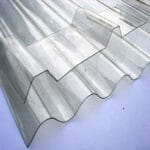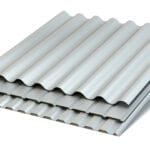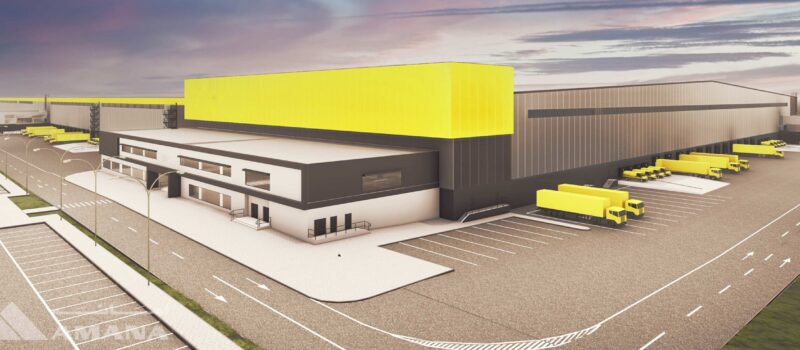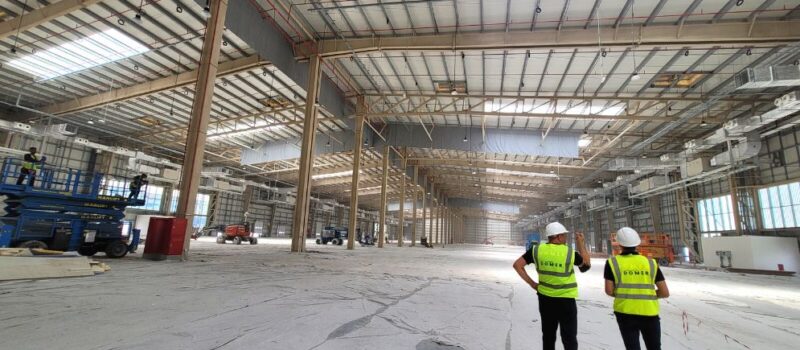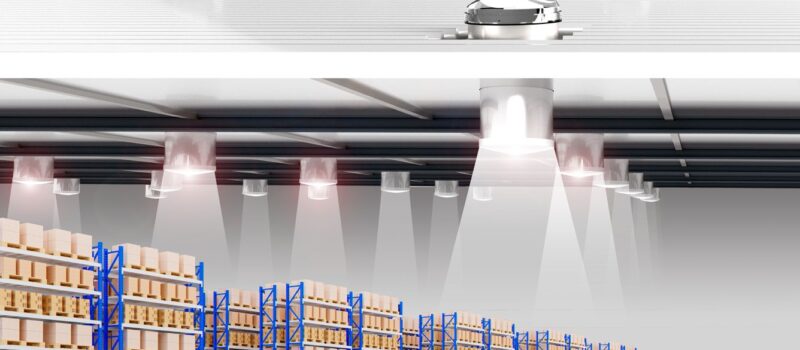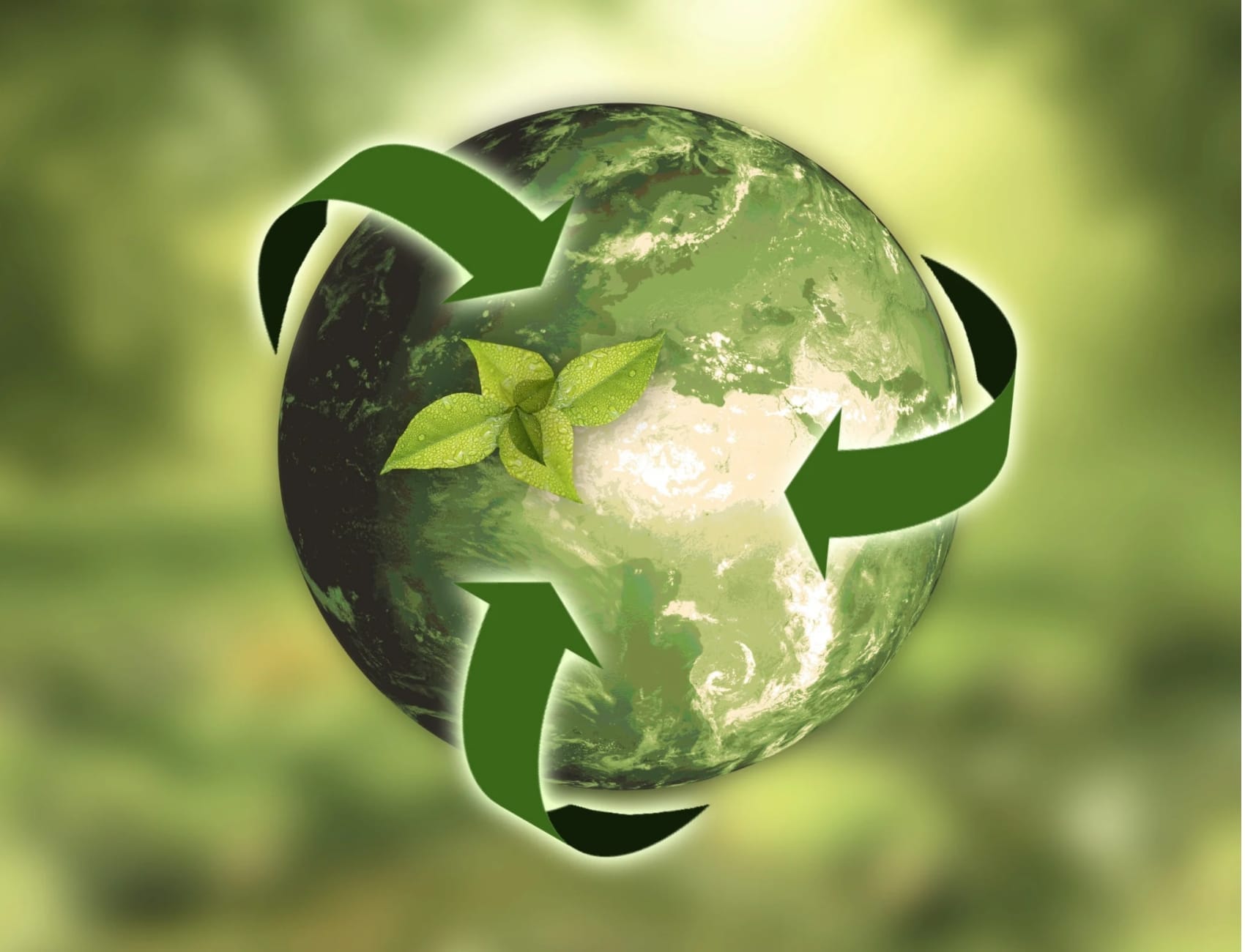 Sustainability and Importance of Plastic Recycling
Sustainability and Importance of Plastic Recycling
Over recent years, though having changed the world for the better, plastics have also posed a significant number of environmental threats for us. Due to the improper disposal and lack of recycling of plastic waste, it was reported through a survey that between 1950 and 2015, up to five billion tonnes of plastic waste have ended up in landfills. Therefore, it has become increasingly important for industries to become more sensitized towards plastic waste’s impacts on our environment and think over what can be done to minimize them.
At Domer, we have been applying our motive ‘to lead in building a better future in almost all of our processes for this very reason. Our motive is to create a sustainable environment by taking new and different approaches to improving our lives.
Green Construction
Green building, or construction, is just a method the construction industry has been adopting to move towards creating environmental and economic sustainability by using eco-friendly building materials and green manufacturing techniques.
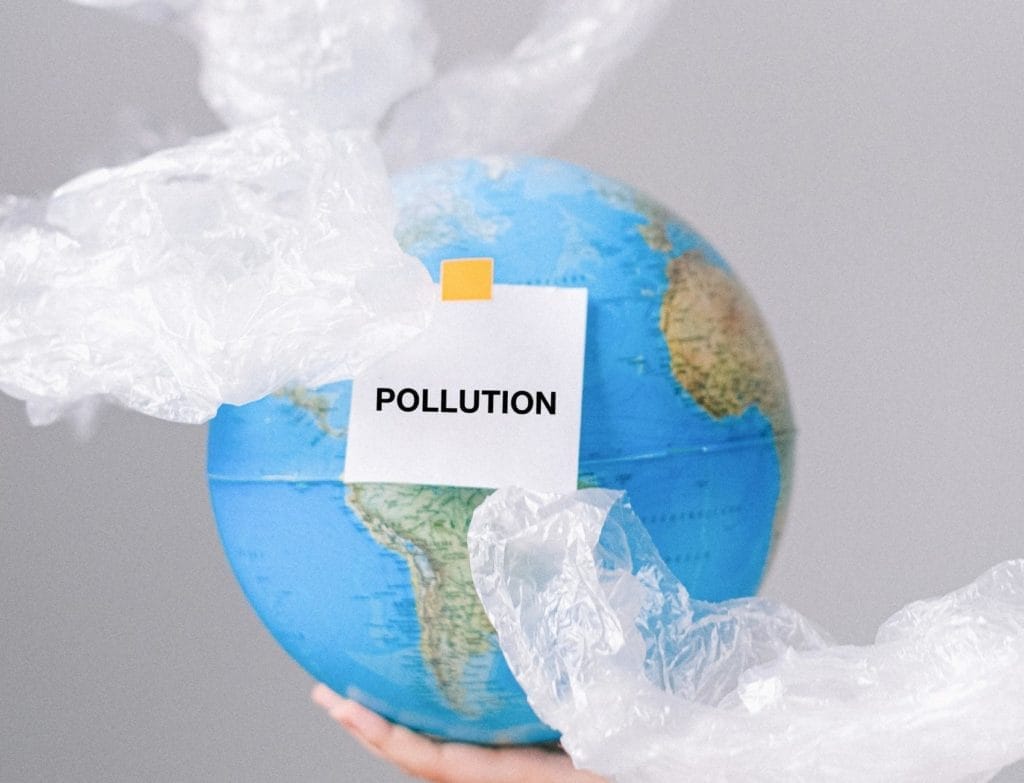
This involves the recycling and reusing of renewable as well as non-renewable resources. One of the major aspects of green sustainability that Domer focuses on is the recycling of plastic and polycarbonate waste, as they are integral materials in our industrial processes.
Having its production mainly dependant on fossil fuels, plastic has been greatly responsible for the emission of CO2 and other similar toxic gases. Moreover, they take decades or even centuries to decompose, which poses a great threat to our ecosystem, given how they can poison and choke terrestrial and marine animals if left undisposed. It was estimated that by 2050, there might be a heavier weight of plastics compared to fish in the sea.
Viewing all this, certain steps must be taken to establish a circular economy and minimize unnecessary plastic waste. For instance, some incentives can be taken to capture plastics before they become waste and pollute our environment. In addition, breaking through the single-use plastic method is another way the impact can be reduced, as it enables the usage of plastic, which we can reuse effectively.
In the case of polycarbonates, mechanical recycling processes can be applied to them, which enables the material to be converted into other, easily recyclable forms of plastic. This deems polycarbonate as a fully recyclable material.
Circular Economy
The counterpart of the current linear model, the circular economy, is a regenerative economic system, which we use as our main guiding principle. This economic model differs greatly from the world’s enormously wasteful linear economy, which involves resources being extracted, turned into products, used, and then discarded.
At Domer Industrial Limited, we believe the circular economy to be a major part of climate action, in which we maximize the lifetime of our products by designing them as durable, reusable, and recyclable, which keeps them in this circulation for as long as possible.
This circular model can ensure the reduction of toxicity exposure and the emission of multiple harmful gases and gives rise to positive actions, such as restoring our ecosystem. It is, finally, a great start in reducing the environmental effects of the construction industry, drastically cutting out waste.












